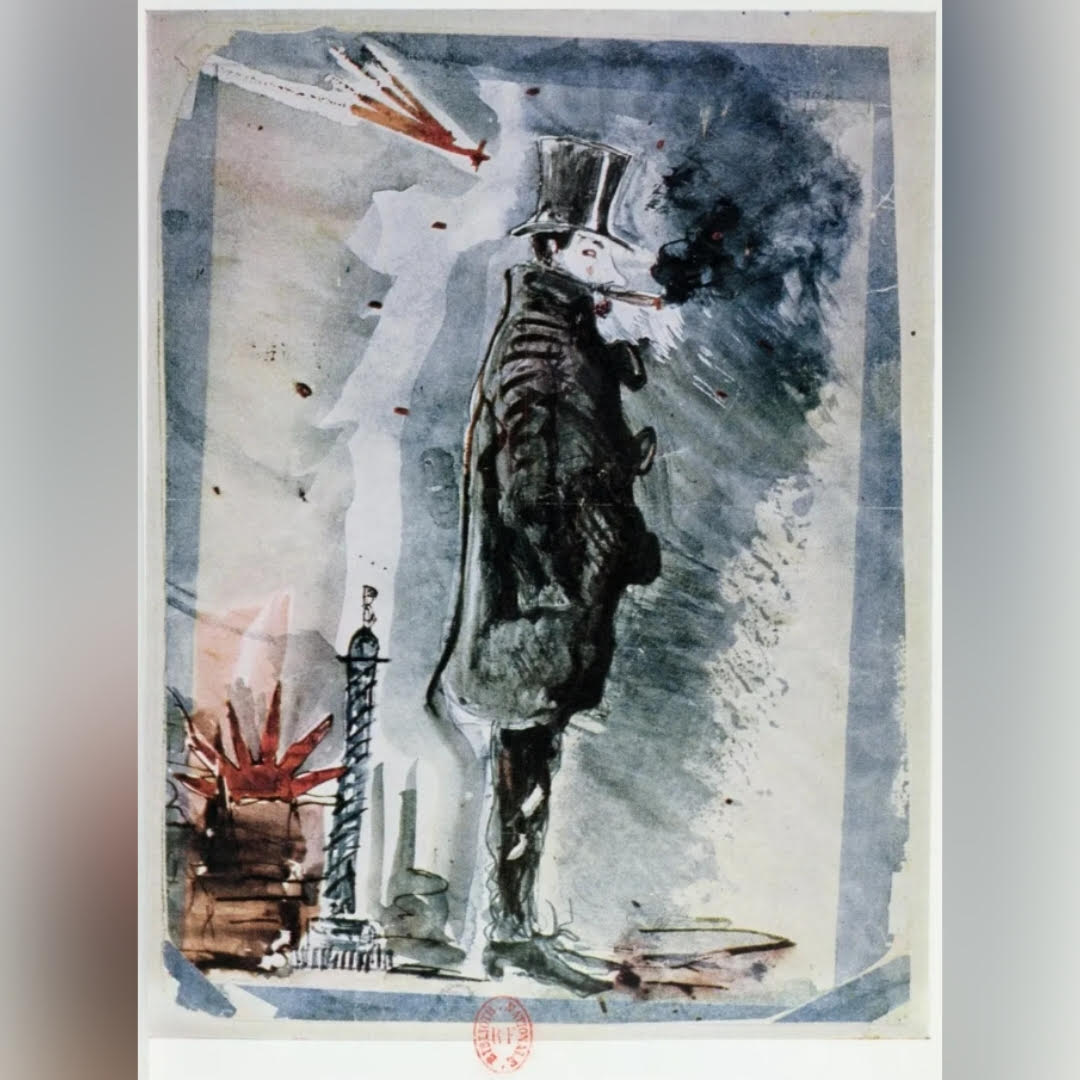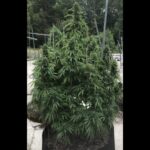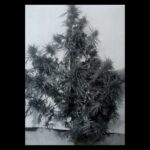Here’s a great talk by Will Self on a ‘practice’ or ‘discipline’ with deep roots in cannabis culture: psychogeography.
Those roots are so deep that they ultimately reach far back into the phenomenon of the band — both the hunter–gatherer band of prehistory and the more recent premodern bands of wandering qalandar dervishes and sadhus.
But in the immediate modern European context – per Self’s talk – the crucial text is Guy Debord’s The Society of the Spectacle.
For cannabis counterculture, two essential sources for Debord are De Quincey’s first (i.e., 1821) version of his Confessions and Baudelaire’s Artificial Paradises.
Debord’s dérive (‘drift’) straightforwardly draws upon De Quincey and Baudelaire’s literary realizations of flânerie, albeit probably via Walter Benjamin.
The flâneur is the ‘stroller’, ‘drifter’, or ‘loafer’ of the modern city. The name is of course French — above all, Parisian — but ultimately derives from the Normans and the Old Norse flana: ‘to wander with no purpose’.
The image above is Baudelaire’s ‘Self-Portrait under the Influence of Hashish’ of c. 1844.
‘The first effect of hashish is a sort of exhilaration, a singular happiness, as if all the cares of life had vanished, leaving a clear and radiant horizon’, writes Baudelaire in Artificial Paradises. ‘The external world assumes a strange splendour, and the most trivial objects become endowed with an inexplicable significance.’
‘Les sons ont des couleurs, les couleurs ont des sons; et tout semble vivre, se correspondre mystérieusement’: ‘Sounds have colour, colours have sound; and all things seem to be alive, communicating in a mysterious harmony.’
So the flâneur wanders the city.
For an anarchist–mystic fusion that draws on all these ideas and works, check out Peter Lamborn Wilson’s Sacred Drift.
Will Self’s books — Psychogeography and Psycho Too — are still in print and are illustrated by none other than Ralph Steadman.
A condensed ‘teaser’ version of the talk linked to at the top is available below:






